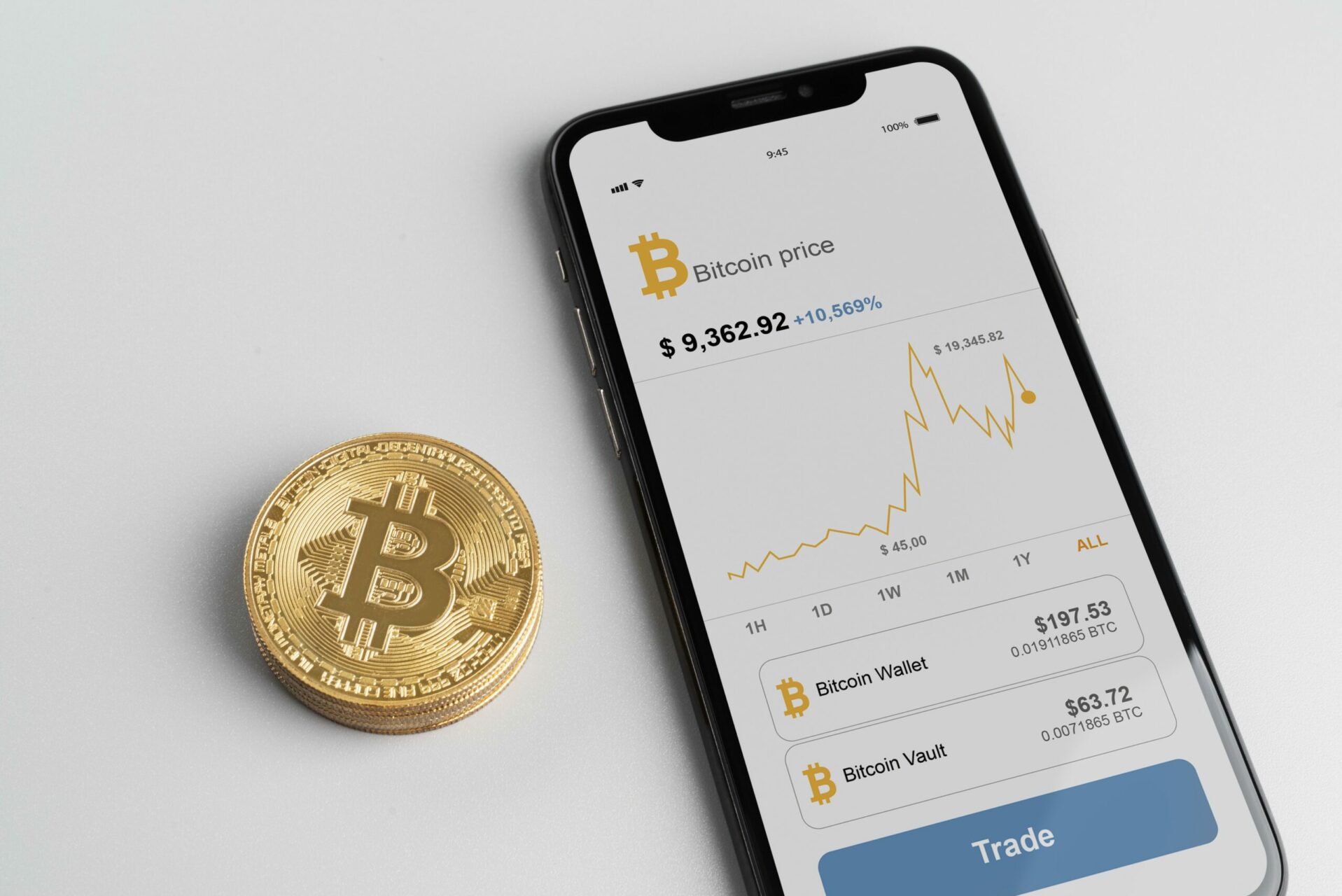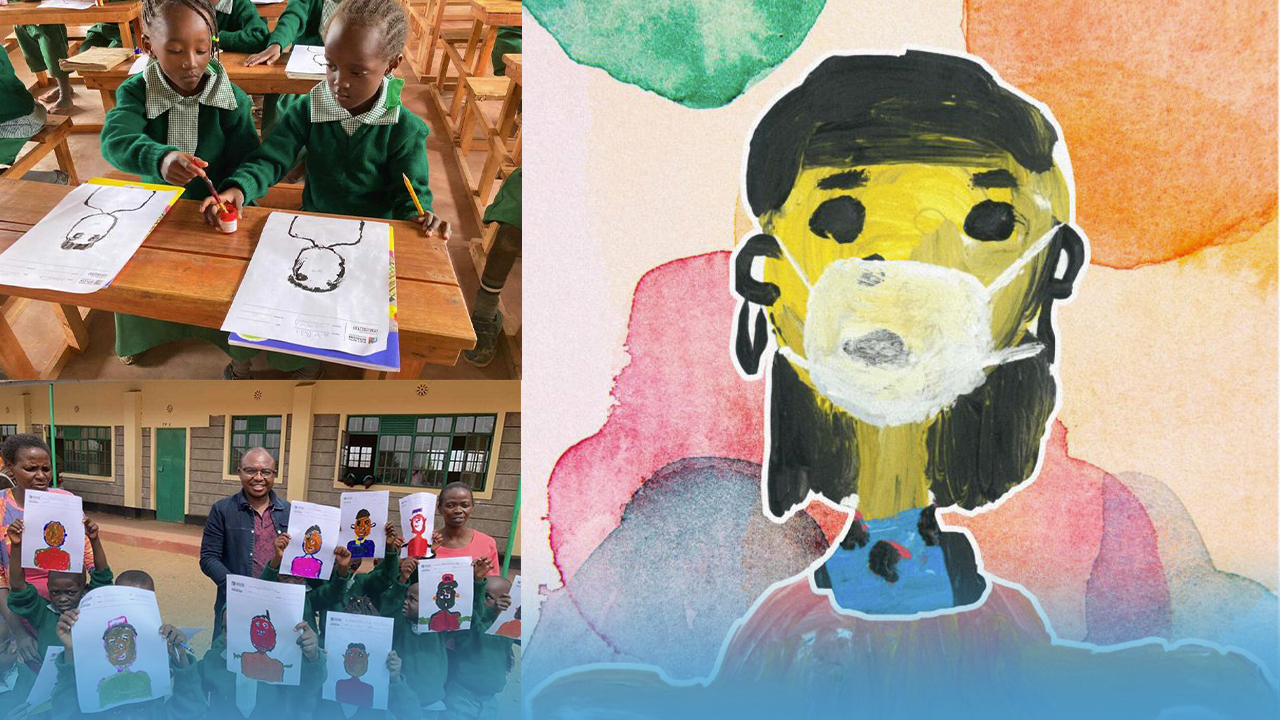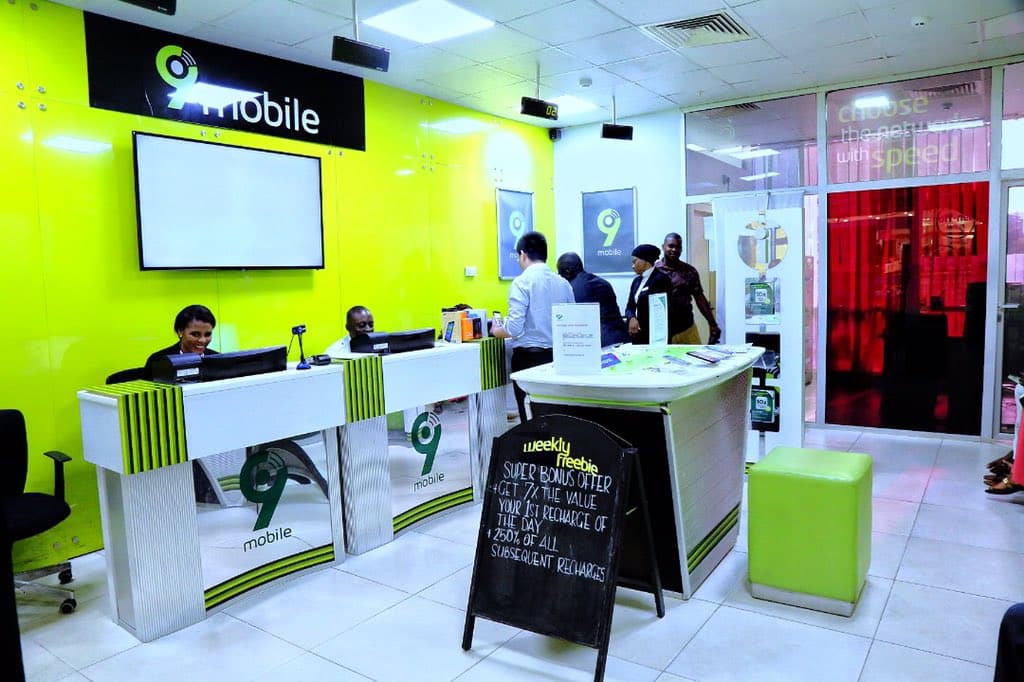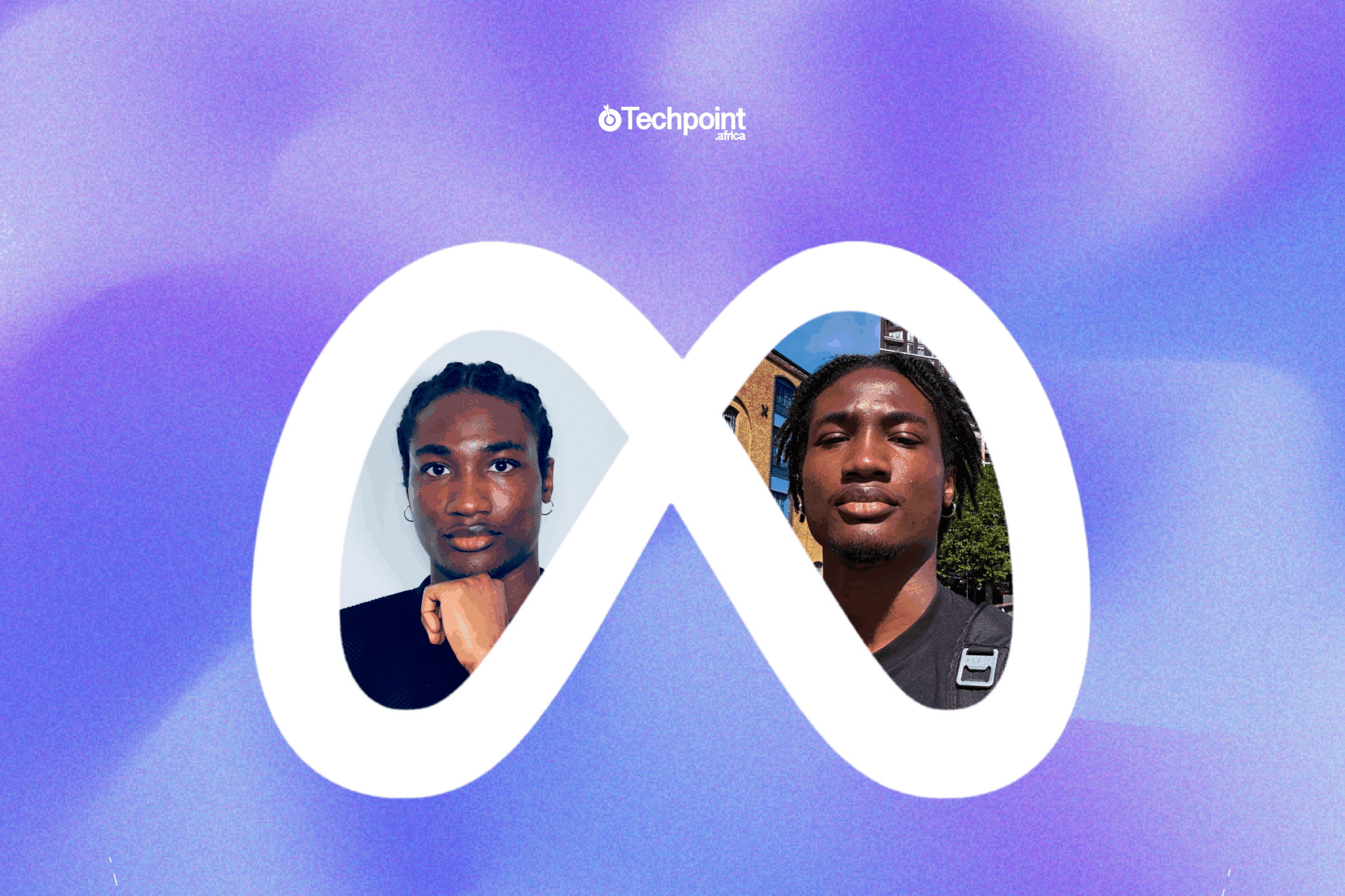The concept of decentralised insurance became a theoretical possibility with the emergence of decentralised finance (DeFi). Etherisc is bringing this concept to life, helping African farmers insure their crops against bad weather.
While DeFi platforms continue to offer borrowing, lending, and staking services, Etherisc, an open-source, decentralised insurance protocol, brings affordable insurance to African farmers away from the complex DeFi protocols.
Techpoint Africa spoke to Michiel Berende, Chief Inclusive Officer at Etherisc, and he revealed how more than 22,000 farmers got access to an insurance plan without the many steps associated with conventional insurance.
From traditional insurance to decentralised insurance

Berende has been in the insurance space since the early 2000s. While he was an underwriter at an insurance company in the Netherlands, he was interested in information technology and eventually made the switch.
However, his challenges saw him develop an interest in microfinance and emerging markets.
Berende’s first task was to help an Indian microfinance organisation set up its activities in the country in 2005. He was responsible for setting up the organisation’s financial operations and deploying the software to run those operations, and his ample experience in finance and technology came in handy.
Even though Berende’s assignment was similar to what he’d taken on in the Netherlands, it was difficult to replicate his success putting financial operations in place in an emerging market because of limited resources and the extra creativity required to offer financial services in rural areas.
“It changed my view on how things are going in the world, and it doesn’t work everywhere in the world the same way it works in the Netherlands. I enjoyed it, and it moved me to go and live in India,” Berende said.
After spending one year in India, he became a consultant in 2007, focusing on technologies for microinsurance. And this allowed him to work on projects in other emerging markets such as Africa.
But Berende soon realised that insurance was not a thing in Africa; interestingly, not much has changed in 2022, 15 years later.
Africa makes up 16.72% of the world’s population, but it represents less than 1% of insured losses globally.
According to the Africa Insurance Pulse 2022, insurance penetration in Africa stood at 2.78%, a decline from 2.98% in the previous year.
Eunice Kinungi, a Kenyan Insurance professional and CEO of Griffin Insurance, told New African magazine that “the continent still lacks flexible, affordable, and tailored policies that will unlock insurance for the African consumer.”
Besides the problem of unaffordability and inflexibility of insurance, Africans view insurance through the lens of superstition. Bode Pedro, CEO of Casava, a Nigerian insurtech company, told TechCrunch that the reason for low insurance penetration is that people prefer to invest in positive rather than adverse outcomes.
Kinungi also believes that insurance doesn’t have a good reputation in Africa. She said, “insurance, unfortunately, does not have the best reputation, and there is a general distrust of insurance companies perpetuated by poor customer service and unpaid claims.”
Berende agrees with Kinungi and Pedro’s take on why insurance in Africa is not yet a thing, reiterating the need to create products that fit the African market.
“If you have people with limited resources, the insurance products must be very cheap.”
How Etherisc is creating cheaper decentralised insurance with blockchain
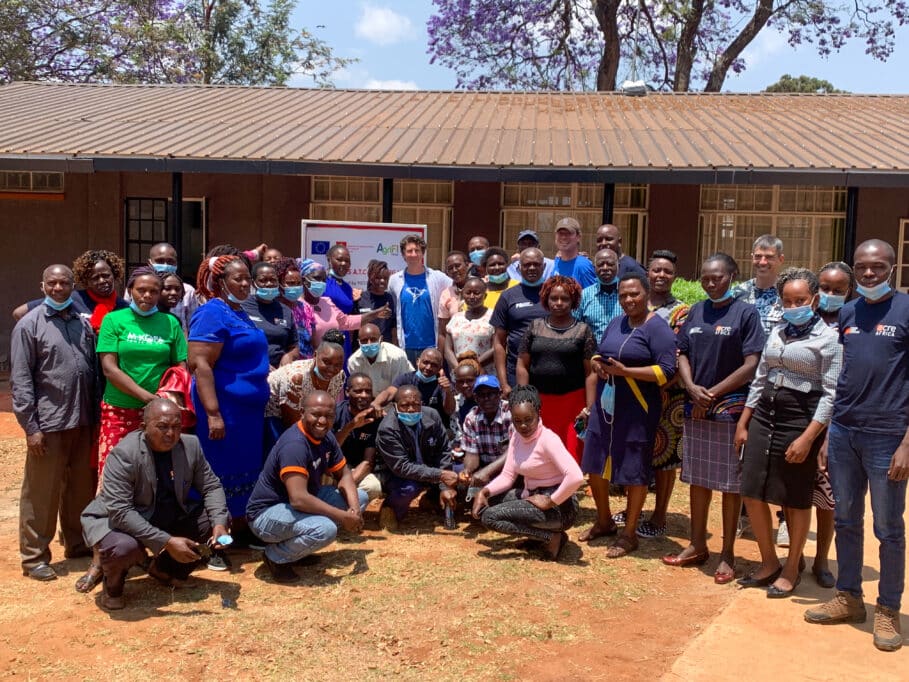
With the statistics on insurance in Africa showing that legacy insurance systems cannot increase insurance penetration, Berende dedicated himself to finding technologies that would make insurance affordable and exciting to Africans.
On his quest, he discovered Bitcoin in 2013 and came a step closer to his goal.
“What I find interesting about Bitcoin is that it makes it easy to transfer small amounts of money from A to B without a middle-man at a low cost. I delved a little more into it and discovered the technology behind it — blockchain.”
Berende’s blockchain discovery led to another quest to create blockchain-based solutions, most of which revolve around the one thing that has popularised the technology — cryptocurrencies. Interestingly, blockchain, which secures crypto transactions with a network of computers that record these transactions simultaneously, has not seen many applications beyond crypto.
However, Etherisc started to infuse blockchain solutions beyond crypto in 2016, and it wasn’t long before Berende found the team behind it.
Combining his insurance background with his desire to create inclusive finance with modern technology, Berende was an automatic fit for Etherisc, and he joined the team.
Etherisc created a decentralised open-source insurance platform on the Ethereum blockchain, called the Generic Insurance Framework. This framework allows for the easy digitisation of parametric insurance products.
What is parametric insurance?

Parametric insurance, according to Berende, is a type of insurance that executes payment based on external parameters.
Using a flight delay example, he explained that if a person insures their flight ticket against a delay, they get a payout once there’s a delay.
He gave another example using a farmer. If a farm is insured against heavy rains, the farmer gets indemnified if such rains destroy their farms.
Insurance companies do not dispute or investigate parametric insurance claims because the data that determines the payout is usually publicly available and unalterable.
This makes automating insurance products easy, and that is where blockchain comes into play.
Smart contracts, a mechanism for carrying out blockchain actions, are a major part of Etherisc’s operations. Smart contracts are programs written on a blockchain to run when predetermined conditions are met.
A simple analogy to understanding how smart contracts work is automating your bank account to make a payment once you receive a specific delivery.
Say you’re expecting a truckload of yams but don’t want to make payment until you have taken delivery. So you install devices in your warehouse that can tell when a certain number of tubers has been delivered. After which, these devices signal the smart contract, which initiates payment.
However, the beauty of smart contracts is that no one — neither you nor the delivery company — can alter the predetermined condition.
Etherisc has harnessed the trustless nature of this technology to create an insurance system that can work without many people. The zero delivery cost also means it is cheaper to run.
Note: In this context, “trustless” means the parties involved do not necessarily need to trust themselves to complete transactions.
Insuring 22,000 farms with decentralised insurance
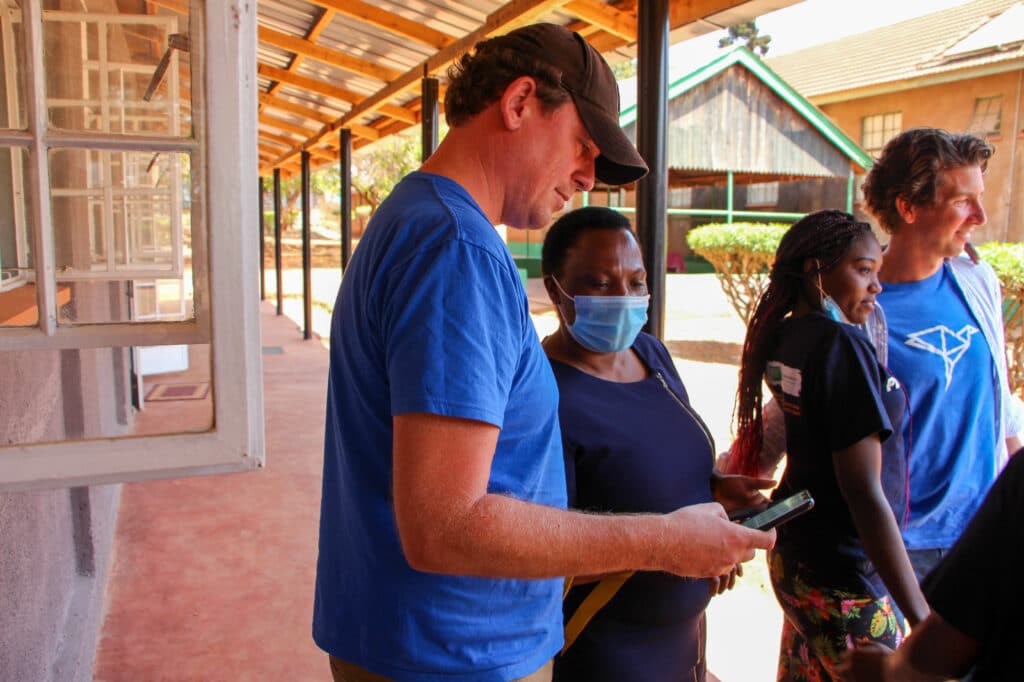
Etherisc partnered with Agriculture and Climate Risk Enterprise (ACRE) Africa, a licensed insurance intermediary that helps farmers reduce agricultural and climate risks, to provide micro-insurance at affordable terms for smallholder farmers.
A blockchain solution to insurance for farmers has to be simple to get any traction; a challenge Etherisc had a simple solution to.
The product Etherisc provides for the farmers is a weather index insurance that covers farmers when the weather prevents them from having a good harvest.
According to Berende, 22,000 farmers in Kenya have accessed this insurance product.
But how does one distribute significantly advanced tech insurance products that are automated based on climate conditions to farmers?
Berende’s solution is simple. The bags of seeds that farmers buy come with scratch cards. When they send the numbers on these cards via Unstructured Supplementary Service Data (USSD), Etherisc’s Generic Insurance Framework captures their geolocation and receives information about the area’s climatic conditions with satellite data.
How do farmers pay the premium for decentralised insurance?

Farmers pay the $0.5 premium when they buy their bags of seeds from ACRE at a lower price that incorporates the insurance cost. Insurance can also be paid with mobile banking.
“There’s no need to send an insurance surveyor into the field to monitor if something has happened. A process that would naturally cost a lot of money,” Berende said.
Is satellite data accurate?
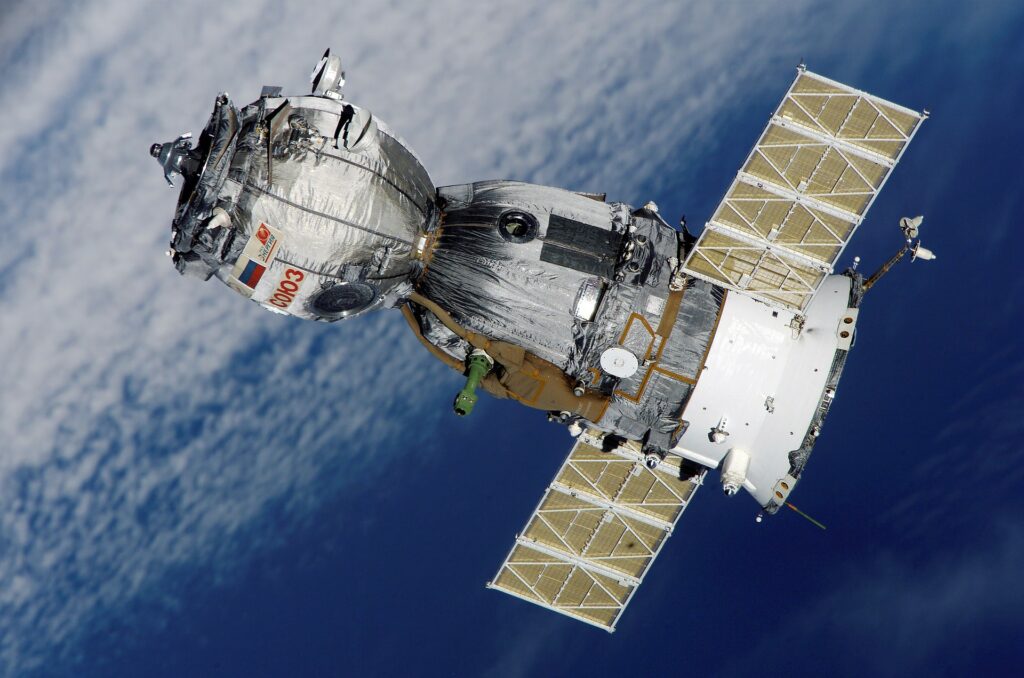
While Etherisc’s insurance products reduce dependency on humans, the reliability of the non-human parts of its operation is in question.
According to Climate analysis with satellite versus weather station data, a paper published in 2007 by Mendelsohn et al., satellite data performs slightly better than data captured from the ground.
The paper is based on a study that examines how well satellite and weather station data explain agricultural performance. It concludes that the satellite’s ability to see the entirety of a landscape makes it record more accurate data when measuring temperature.
However, satellite data is not as precise as data obtained from the ground when measuring precipitation. While Etherisc’s insurance product can accurately measure droughts, it might not measure rainfall correctly.
A more recent take from the communications team at NASA’s Jet Propulsion Laboratory tilts towards ground thermometers rather than satellites when measuring the earth’s temperature.
Berende, however, assures us that it is getting better.
“In the past two seasons, the satellite data covered 10×10 km. For this year, we’re in the process of increasing the resolution to 5×5 km,” he said.
Looking beyond the limitations of satellite technology, blockchain, the Internet of things (IoT), and other technologies could be a compelling solution to Africa’s low insurance penetration problem.





